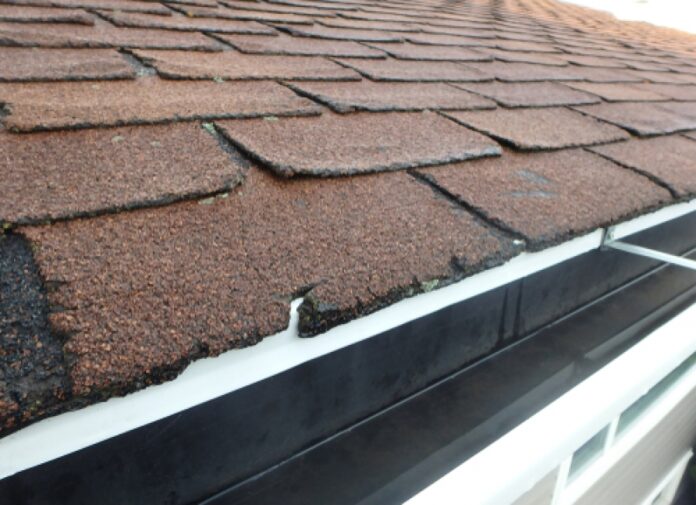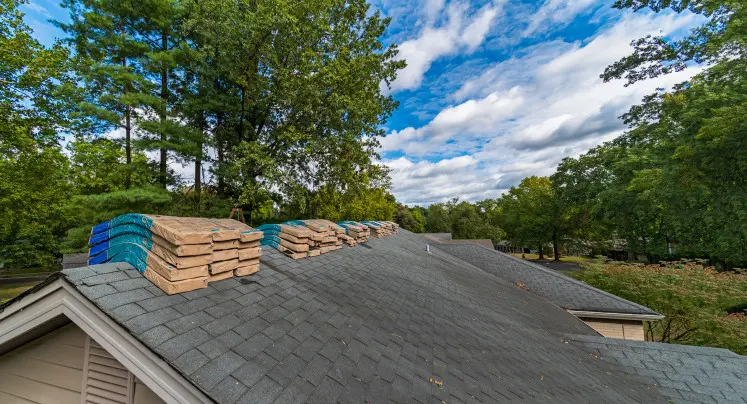Especially if you are living in a place where there is always hail, then it is important that you make sure that the type of roof that you have for your home would be able to withstand the extreme weather. Not only so you could prevent further damage, but to also make sure that you and the people living in your house are safe.
This is why hail damage roofing restoration by Kind Home Solutions in Denver is important to make sure that you are prepared at all costs. Here are some things you need to know about hail damage: a roof installation guide.
What Is Hail Damage on a Roof and How Does it Affect The Houses in Denver?
Denver, Colorado had 23 hail reports within 10 miles of the city center in 2021. The largest report of hail in 2021 near Denver was 1.50 inches about 7 months ago. Getting your roof inspected to see what really needs fixing is very important. You should look at the gutters first when you are looking for places on the roof that could be damaged from the hail because that is the place that is most likely affected. There might be a dent in your gutter, and this is the easiest place that you would be able to see and evaluate.
So if you see that there are a lot of dents on your gutter, then most likely, there is going to be a problem on your roof.
After that, look at the siding of your house, and then the dent. This is because they could easily give you a clear sign as to whether or not there is any damage on your singles. If you see the damage there, then it means that you really should get your roof inspected.
You could be able to compare the damage on your roof using objects to better visualize the damage that was done.
Objects Size of the dent
Pea ¼ inches
Marble ½ inches
Dime or penny ¾ inches
Nickel ⅞ inches
Quarter 1-inch
Golf ball 1 ½ inches
Tennis ball 2 ½ inches
Baseball 2 ¾ inches
Teacup 3 inches
Softball 4 inches
How Do You Repair Hail Damage on a Roof?
When you feel like there is damage on your roof because of hail, then you have to identify where the damage is because even the smallest hail could cause damage on your roof, especially if the wind speed is high.
The best way to handle this is to call a professional, especially if you do not have any experience in this department because then you could make more damage when you would have easily solved the problem in the first place. Call a roofing contractor. It’s better to be safe than sorry.
What Type of Roof Is Best for Hail?
The type of roof that you have for your home also plays a huge factor in the impact and damage that the hail might have on your roof.
The number one type of roof that you should have is rubber roofing, which is the best type of roofing solution that you need to have on your roof since it has a high level of impact resistance since they would be able to be absurd and disperse. Effectively returning back to their original shape even after being impacted that much.
Another thing that you could consider is using asphalt shingles. They do have a better resistance level. If the hailstone that hit your roof is larger than 2 inches though, then it might cause a small dent.
The last type of roof that you could consider when you are living in a place where there is hail is metal roofing. It’s a durable option that is also fire-resistant, and it’s light so it could last longer than the asphalt shingles.
When you are working with a metal roof, you also get to choose the color since it could affect the roof itself. If your metal roof is light, then it could be a heat reflector so it’s an advantage when you are living in a warmer place. And the thickness of the metal roof matters.



















